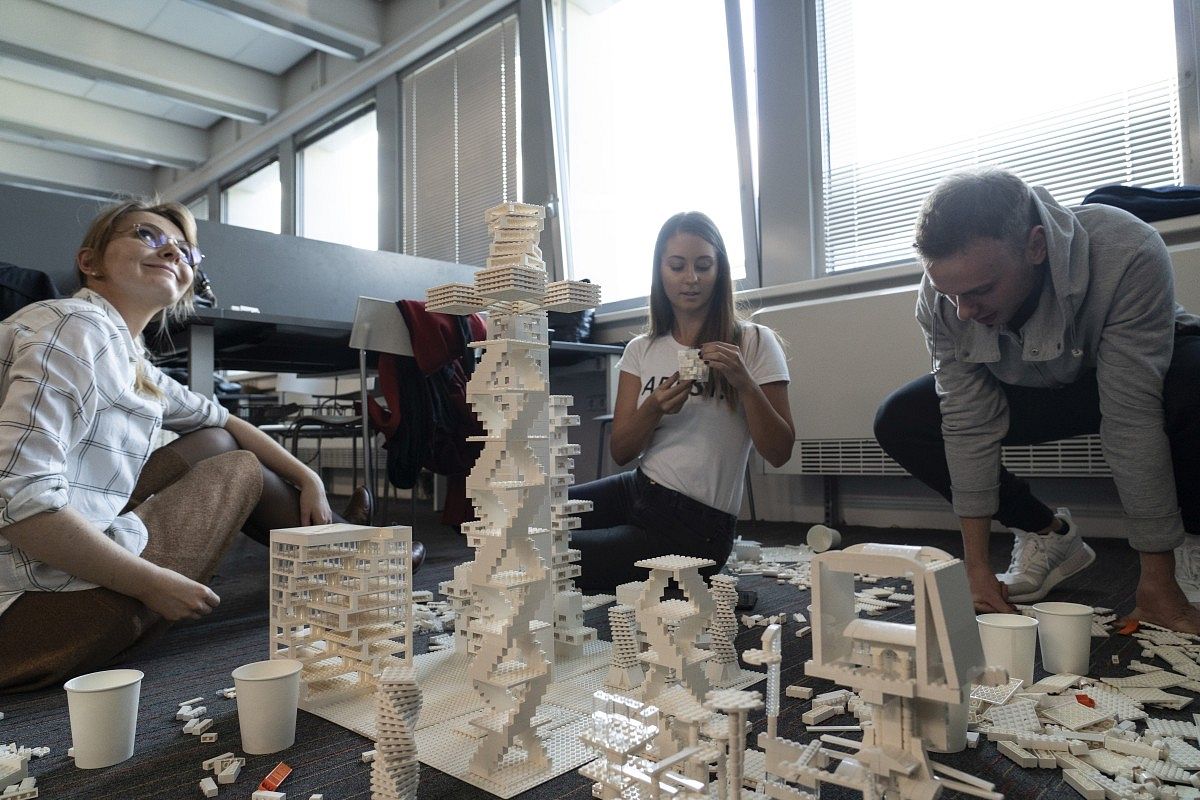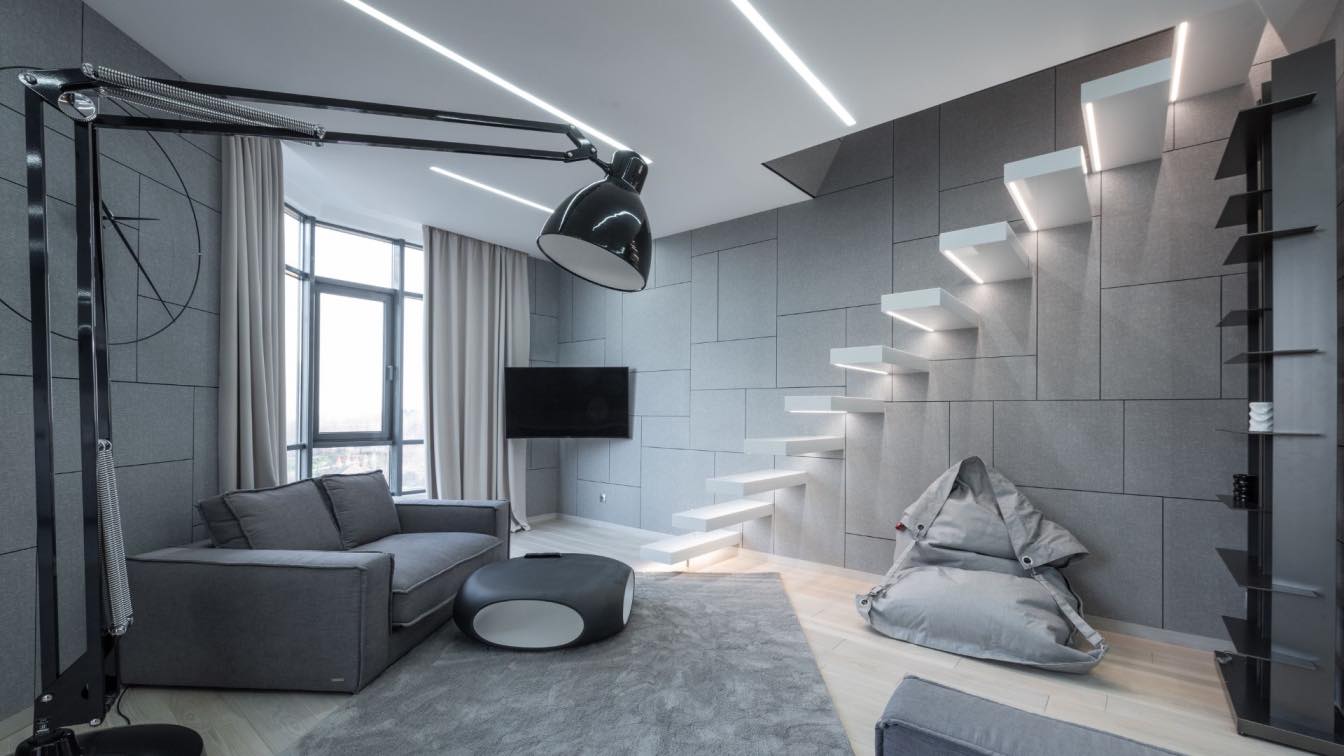Downsizing can feel like a big decision—but for many, it’s a step toward a simpler and more fulfilling lifestyle. Whether you’re moving to a cozier apartment, relocating for work, or transitioning to retirement, choosing to live in a smaller space has its perks. You’ll likely spend less on utilities, have fewer areas to maintain, and enjoy the refreshing clarity that comes with a decluttered environment. Minimalist living allows you to focus more on experiences rather than things and helps bring attention to what really matters.
Still, the transition isn’t always easy. Moving can be difficult, and downsizing adds an extra layer of challenge: deciding what to keep, what to part with, and how to make it all fit. But there’s no need to stress over this. With the right approach, you can make your downsizing move smooth, manageable, and even rewarding.
This article shares some practical tips to help you stay organized, reduce stress, and start the next chapter with confidence.
1. Use a Storage Unit for Things You Don’t Need Right Now
Not everything has to go immediately. There are always a few items—seasonal clothing, spare bedding, or even larger pieces of furniture—that you’re not ready to let go of but that won’t fit into your new space. Renting a storage unit gives you a safe place to keep those things while you make long-term decisions. If possible, look for a moving and storage company that offers both services. This makes the process more efficient, especially if they provide climate-controlled storage units to protect delicate items from humidity and temperature changes. Having this option can bring peace of mind and give you the flexibility you need during your move.
2. Measure Your New Space
Before you start loading boxes, it’s critical to know exactly what kind of space you’re working with. Take detailed measurements of your new rooms and doorways. Compare those with your current furniture and belongings. This step helps prevent the frustration of realizing on moving day that your couch won’t fit through the front door or that your dresser is too big for the bedroom wall. Measuring ahead also helps you prioritize what to keep and what to leave behind. You’ll know which items work and which need to be replaced or sold.
3. Declutter with Intention
Decluttering is one of the most important parts of a successful downsizing move. But it’s not just about getting rid of things—it’s about keeping the right ones. Approach this process with a clear purpose. Ask yourself honest questions: Do I use this regularly? Is it important to me? Does it serve a purpose in my new space? If the answer is no, it's time to let it go. Being intentional means you’re not making decisions out of guilt or habit. It helps you create a living space that reflects what matters most right now, not just what you’ve accumulated over the years.
4. Digitize What You Can
Physical items take up space. Digital ones don’t. If you’re holding onto piles of paper, old photos, or stacks of CDs, it’s time to go digital. Scan important documents and save them to a secure cloud service or external hard drive. Use apps and digital platforms to store receipts, bills, and records. For photos, create digital albums or back them up online. This saves room and makes it easier to find what you need when you need it.
5. Focus on Multi-Functional Furniture
When you’re moving into a smaller space, every piece of furniture should earn its spot. Choosing multi-functional furniture is one of the most effective ways to make a compact home feel more spacious and organized. Think of a coffee table with hidden storage or a fold-out desk that tucks away when not in use. These types of items help you save space without sacrificing functionality or comfort.
Look for pieces that serve more than one purpose. A sleeper sofa can be useful if you’re expecting guests, while a dining table that doubles as a workspace is perfect for remote workers. It’s about being smart with your space and thinking practically about how you use your furniture every day.
6. Sell or Donate Items for a Fresh Start
Letting go of belongings can feel emotional, but there’s a positive side—you get the chance to give your items a second life. Gently used furniture, clothing, and kitchenware can be donated to local shelters or charities. Many organizations even offer free pickup, making the process easier.
You can also sell items through online marketplaces or community groups. Not only does this reduce the load you have to move, but it can also help cover some moving expenses. The goal is to lighten your move while knowing your things are going to someone who needs them more.
7. Pack Strategically and Label Clearly
Packing for a smaller home doesn’t mean you just have to stuff everything into boxes. You also need to make unpacking easier on the other side. Group similar items together and pack by room. Use smaller boxes for heavy things like books and larger ones for lighter items like linens.
Label every box clearly. Don’t just write “kitchen”—write “kitchen – plates and mugs.” It saves time and prevents you from having to open five boxes just to find a spatula. Color-coded tape or stickers can also help you identify which room each box belongs to at a glance. This level of organization cuts down on chaos when it’s time to unpack and settle in.
8. Give Yourself Time to Settle In
The final step in a successful downsizing move is giving yourself space—both physical and mental—to adjust. You don’t need to have every box unpacked within the first week. Start with the essentials: your bed, bathroom, and kitchen basics. From there, work room by room at your own pace.
Don’t rush the decorating or final touches. Take time to understand how you use your new space. You might find that certain items you thought you needed aren’t necessary after all. Downsizing is as much about adapting to a new way of living as it is about the physical move. Be patient with the process and open to change.
The Lesser, the Better!
Downsizing isn’t just a logistical move—it’s a lifestyle shift. It challenges you to reconsider what you truly need and value, and it offers a chance to start fresh in a space that reflects your current priorities.
A smaller home doesn’t mean less comfort or joy. In fact, many people find that it brings more clarity, more freedom, and a deeper appreciation for the things they choose to keep. With less space comes less clutter, fewer distractions, and a greater sense of peace. If you focus on thoughtful planning and allow yourself time to adjust, downsizing can become one of the most rewarding decisions you make.





